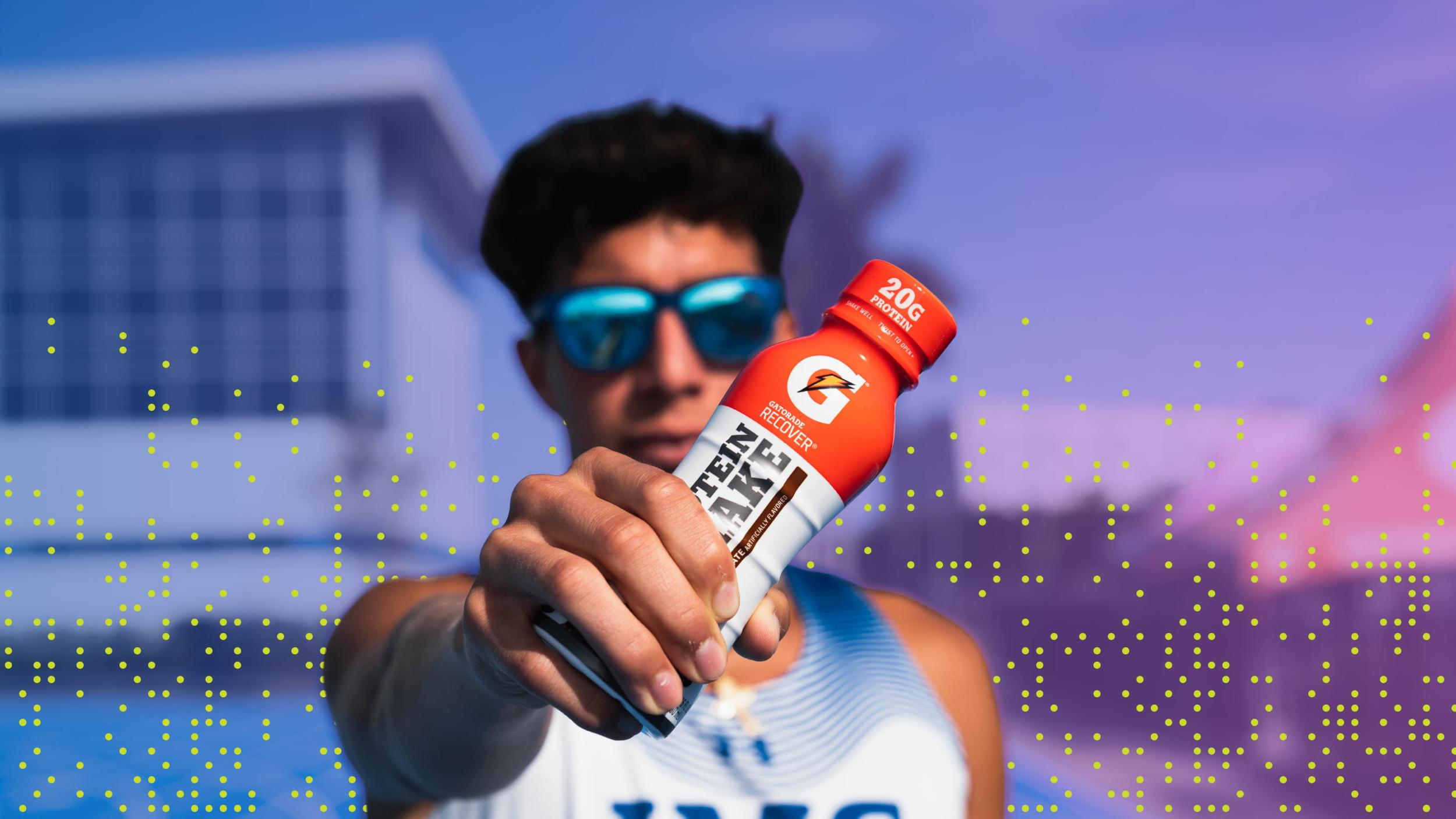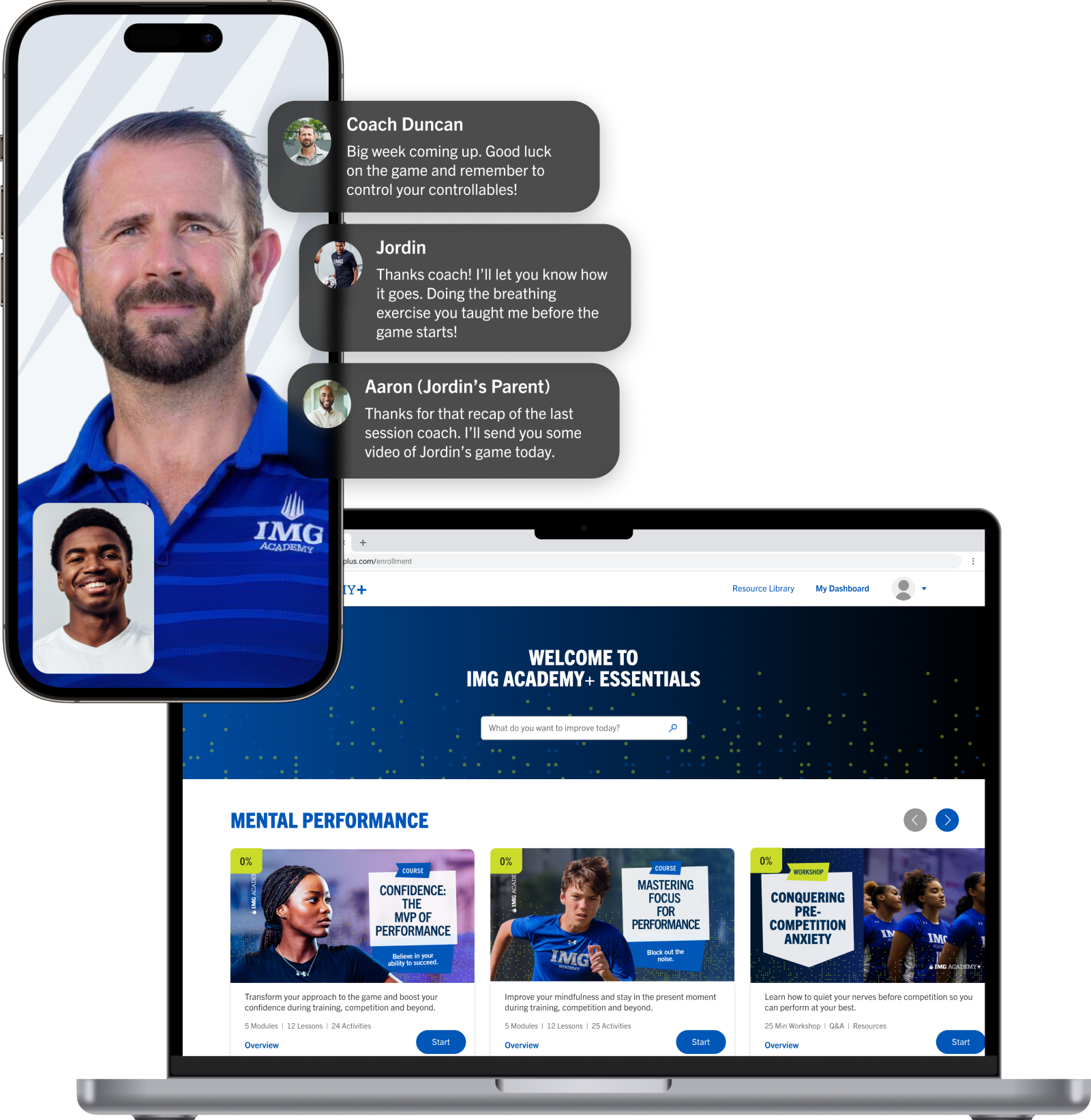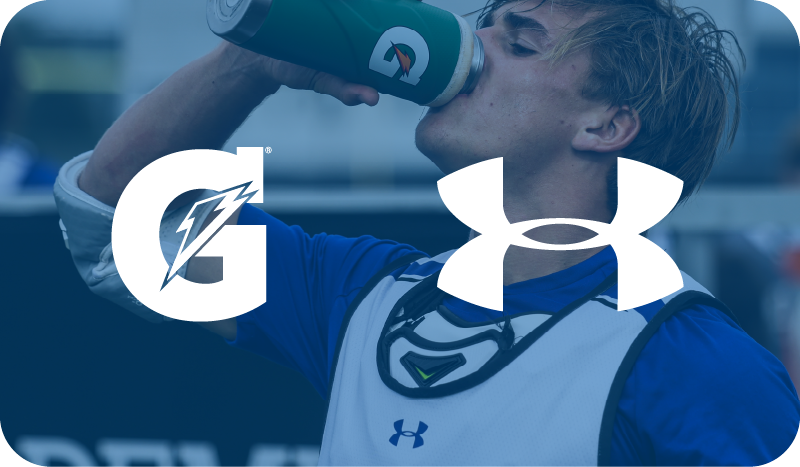As a student-athlete, you know how important fueling your body is for peak performance. But do you really know what's in the food you're eating? Nutrition labels are like a playbook—they give you all the information you need to make smarter choices about what fuels your body. Knowing how to read them can make a big difference in your energy, recovery, and overall health.
Why Nutrition Labels Matter
A fueling timeline is a schedule that guides when and what you should eat throughout the day to support your activity level. It helps ensure your body has the energy to perform and recover.
- Fuel Your Performance: The right nutrients give you energy to train and compete at your best.
- Support Recovery: Foods with the right balance of carbs and protein help your muscles repair after tough workouts.
- Avoid Hidden Ingredients: Nutrition labels help you spot low-performance ingredients like excess sugar or unhealthy fats that may not support your performance goals.
3 Key Components to Focus on When Reading Nutrition Labels
-
Serving Size
The first thing to check is the serving size. All the information on the label is based on this amount. If you eat more than one serving, you're getting more calories, macronutrients and micronutrients than listed. Every athlete has individual needs so you may need a larger portion than the listed serving size.
-
Macronutrients (Carbs, Protein, Fat)
Pay attention to the balance of macronutrients and their sources in the ingredient list:
- Carbohydrates: Look for high-quality carbs with fiber for sustained energy, such as oats, brown rice, beans and fruit.
- Protein: Check the protein content to ensure your muscles get what they need for recovery. If this food option is after a workout, you want at least 20 grams.
- Fat: Choose healthy fats like those from nuts, seeds, or avocados while limiting foods high in saturated or trans fats.
-
Added Sugars
This is different than the “Total Sugars” category. Added sugars include any sugar or caloric sweeteners that are added to foods or drinks during processing. This category does not include naturally occurring sugars found in foods like milk and fruit.
We want to limit added sugars in our meals and balanced snacks because they do not provide any health benefits and often lead to major energy crashes, which harms performance in the classroom and on the field.
When looking at the added sugars section on the nutrition label, we ideally want it to say, “0 grams.” However less than 10 grams is a good target if you are eating mostly whole foods in your nutrition plan.
Self-Check
Let's put this into practice. Grab a snack from your pantry and look at the nutrition label. Compare the serving size listed to how much you actually eat. Then, check the macronutrients, starting with the carbohydrate, protein and fat content. After that, look at the added sugars to see if it's a good choice!
Learning to read nutrition labels gives you control over what goes into your body. By focusing on serving size, macronutrients, and minimizing added sugars, you can make smarter choices that fuel your success on and off the field.
Check out this helpful video about reading snack nutrition labels from our Nutrition for Student-Athletes course, which is only available with IMG Academy+ Essentials. You've got this! 🏋️♂️🍎






